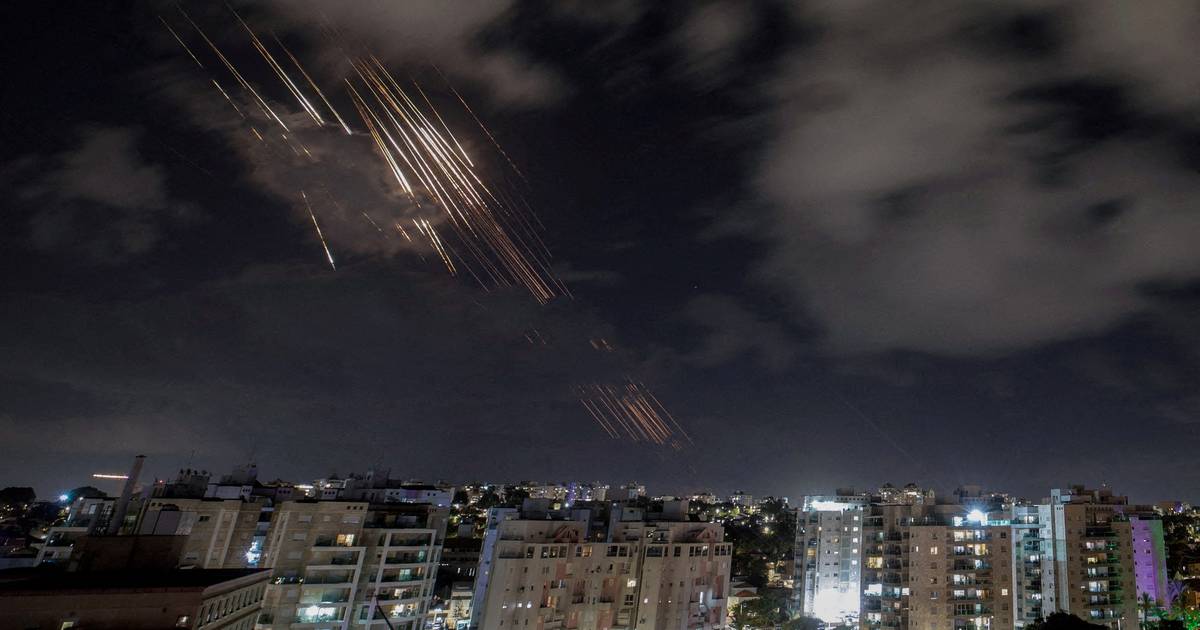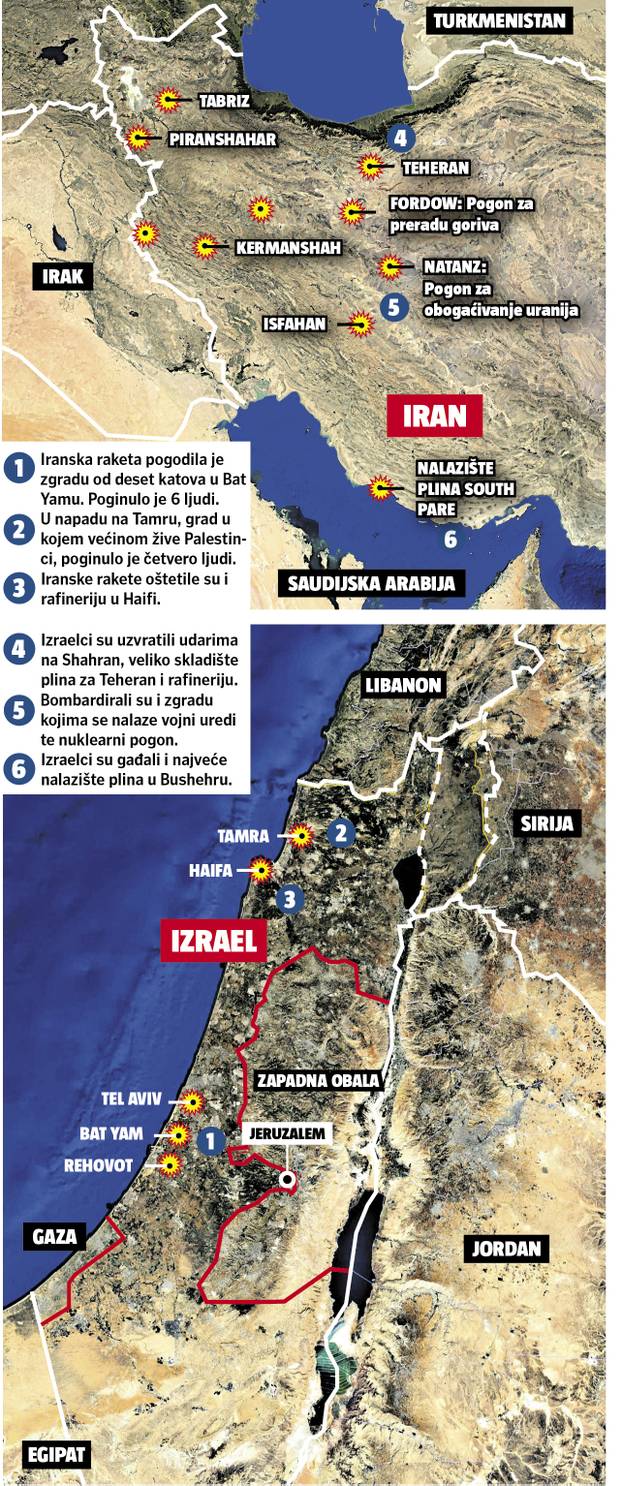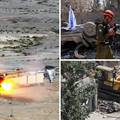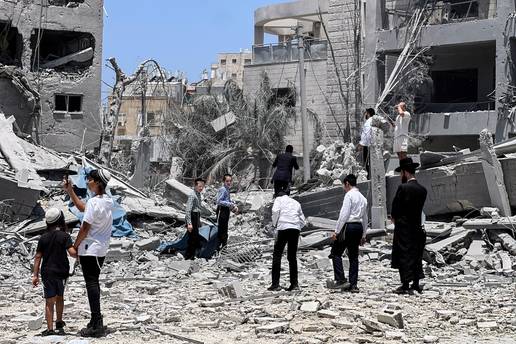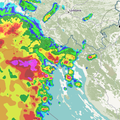The Israeli Iron Dome air defense system is used for early detection and interception of rockets, artillery shells, and short to medium-range projectiles. The system consists of radar, a command center, and launchers equipped with Tamir missiles. While the Iron Dome has demonstrated high effectiveness in protecting populated areas, it is not perfect and can be overwhelmed during mass attacks. Recent Iranian rocket attacks on Petah Tikva have shown that the system can be breached, raising concerns, but Israeli authorities emphasize that the system remains crucial and resilient. Plans are underway to increase the number of operational batteries, and the technology is continuously being improved.
Political Perspectives:
Left: Left-leaning sources tend to emphasize the humanitarian impact of the Iron Dome’s limitations, highlighting civilian casualties and the need for diplomatic solutions to reduce conflict. They may critique the militarization and call for more focus on peace efforts rather than reliance on military technology.
Center: Center-leaning sources focus on the technical capabilities and strategic importance of the Iron Dome system, acknowledging its effectiveness while also recognizing its limitations. They provide balanced coverage of recent attacks and the system’s role in Israel’s defense strategy.
Right: Right-leaning sources emphasize the strength and innovation of the Iron Dome as a critical defense tool for Israel, often highlighting its successes in intercepting attacks and portraying it as a symbol of Israeli resilience. They may downplay the system’s vulnerabilities and stress the need for continued military investment.






